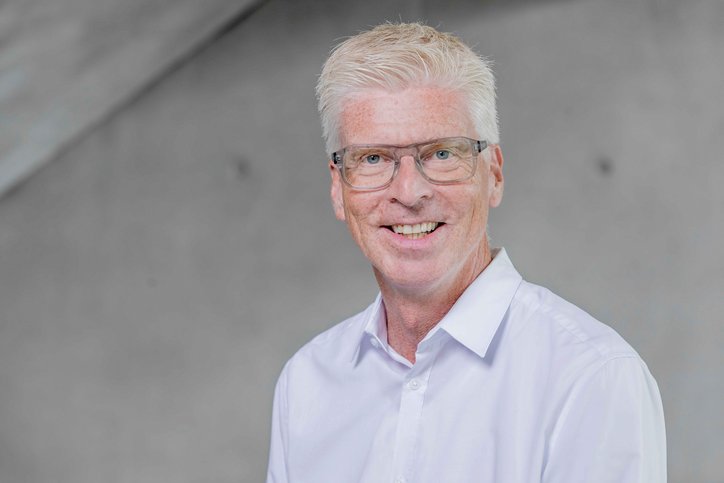Cements with several main constituents are nowadays used in order to reduce CO2-emissions in concrete construction. Blastfurnace slag available in Germany is used almost entirely in the cement industry. Other main constituents, besides clinker and blastfurnace slag, are fly ash and – particularly limestone. In accordance with the current DIN EN 197 1, several main constituents besides clinker can be combined in Portland-composite cements CEM II/B M with a minimum clinker content of 65 mass %. An approach for further reducing the CO2-emissions in concrete construction is the extension of the limits of cement compositions. For example, the current draft of DIN EN 197-1 defines Portland-composite cements CEM II/C-M with a clinker content between 50 mass % and 64 mass %. The limestone content is thereby limited to 20 mass %.
In Germany, concrete is usually exposed to environmental actions such as frost or carbonation. Depending on the expected exposure, ranges of application for cement are given in DIN EN 206 1 and DIN 1045 2. These ranges of application were established on the basis of practical experience in concrete construction in Germany. However, for new cements such as CEM II/C M, practical experience does not exist. In order to further reduce the CO2-emissions in concrete construction, these cements need to be used preferably nationwide and as soon as possible. This can only be achieved if the cements are approved for application in essential exposure classes (carbonation XC1-4 and freeze/thaw attack XF1) without further testing.
In a study by VDZ indications were found that, inter alia, reducing the water-cement ratio could allow the safe use of new clinker efficient cements in the above-mentioned exposure classes without further testing.
The current research project aims to determine if CEM II/C-cements can be used in some exposure classes (XC1-4, XF1) according to DIN 1045 2 under modified technological conditions of the concrete (reduced water-cement ratio, increased minimum strength class) without additional requirements. The research project shall create a data basis for this aim and contribute to the usability of new, clinker efficient cements and thus to the potentially significant reduction of CO2-emissions in concrete construction in Germany.


